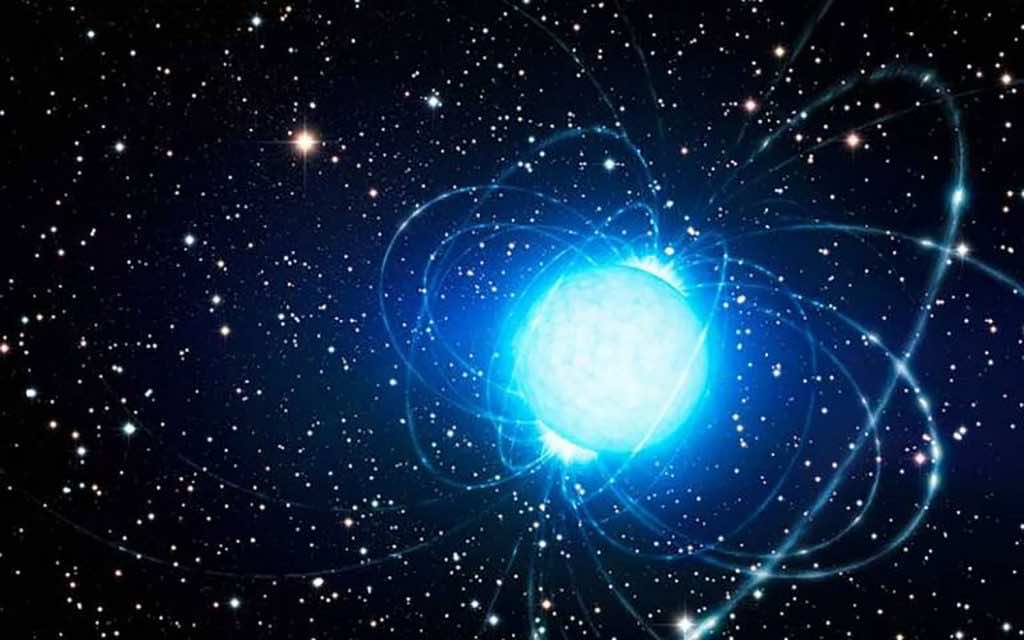Stars are hot balls of plasma. However, scientists have discovered a kind that appears to have a solid surface. Its magnetic field is powerful enough to resist its scorching temperatures and “freeze” its outer layers into a solid crust.
Astronomers studied data from the Imaging X-ray Polarimetry Explorer (IXPE), a satellite that analyses the polarisation of X-ray photons from cosmic sources, to make an effort to find.
Polarization is the direction in which electromagnetic waves are pointed, and examining them can reveal a lot about an object.
In this example, the scientists reviewed IXPE data on 4U 0142+61, a magnetar located approximately 13,000 light-years from Earth in the Cassiopeia constellation. Magnetars are neutron stars with an extraordinarily high magnetic field; this is the first time one has been spotted in polarised X-ray light.
The results revealed several unexpected facts regarding the magnetar. For starters, it was predicted to have airspace encircling it, emitting a signal with light polarised in one way. This was not the case, though, showing a lack of atmosphere.
Even worse, the polarisation angle at higher energy was flipped precisely 90 degrees compared to light at lower levels. This is the signal that would be expected if the magnetar had a solid surface surrounded by an external magnetic field. This crust would be composed of an ion lattice, with the magnetic field keeping it all together.
“This was completely unexpected,” said Professor Silvia Zane, co-lead author of the study. “I was convinced there would be an atmosphere. The star’s gas has reached a tipping point and become solid in a similar way that water might turn to ice. This is a result of the star’s incredibly strong magnetic field. But, like with water, the temperature is also a factor – a hotter gas will require a stronger magnetic field to become solid.”
The team notes that other explanations for the data could exist, but this is the first time a solid surface on a star has been proposed as a valid option.
In the future, the researchers hope to look at even hotter magnetars to see how temperature and magnetic field strength combine to modify the surface of a star.
The research was published in the journal Science.
Source: University College London

